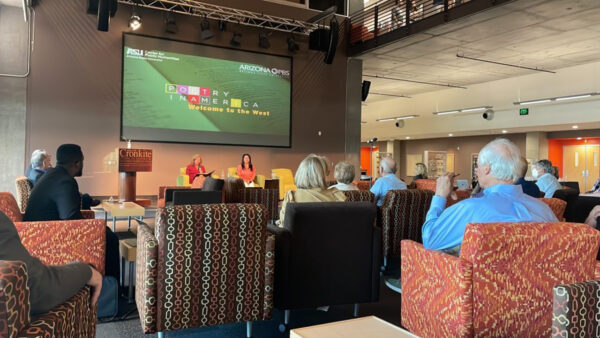NOVA “Rat Attack”
Aug. 3, 2011
—NOVA delves into rat invasion, documenting an enormous onslaught of rodents that appear every half-century to devour all in their path—
Once every 48 years, bamboo forests in northeast India go into exuberant flower. And then like clockwork, the event is invariably followed by a plague of black rats that spring from nowhere to spread destruction and famine in their wake. For the first time on film, NOVA and National Geographic capture massive rat population explosion in vivid detail not possible in 1959 when the last invasion occurred. NOVA “Rat Attack” airs Wednesday, August 3, 2011 at 9 p.m. on Eight.
Shot in the Indian state of Mizoram, where the massive onslaught occurred on schedule in 2008, footage shows hordes of rats emerging from the forest right at harvest season— consuming entire crops and leaving subsistence farmers facing starvation. The chance to document and study this remarkable rat outbreak won't occur again for another half-century.
In the film, the world's foremost rat biologist, Ken Aplin of the Australian National Wildlife Collection (and National Geographic research grantee), arrives before the onset of the attack to try to understand the cause of the colossal infestation, which is steeped in local lore.
According to tradition, the regular 48-year cycle of bamboo flowering, seeding, and death, called Mautam, spawns armies of rats, which come out of trees and underground burrows to indulge in the abundance of food.
Aplin, who has been studying rats for 10 years, has been bitten countless times but has no fear of the rodents; just shear enthusiasm and fascination. In the film, he is literally up to his elbows in rats, reaching into a burrow to pull out a litter of rat pups, while looking for clues as to how the invasion is progressing. “A lot of people are disgusted by rats,” he tells NOVA. “But I love rats. They're so successful!”
Also featured in the program is James Lalsiamliana, a biologist with the Mizoram agriculture department, who teams up with Aplin to solve the rodent mystery. At one point they inspect a pile of 30,000 rat tails collected in a government-sponsored bounty program designed to reduce the invaders' numbers.
The impressive mound of tails is just a fraction of the over one and a half million rat-tails collected in the region. But this substantial culling appears to have had little effect on the burgeoning rat population. So prolific are the creatures that local people regard the bamboo seeds on which they feed as a powerful aphrodisiac—a theory tested by Mizoram residents in many home kitchens, where they concoct delicacies with the seeds. NOVA also shows how some members of the populace eat the rats themselves for food.
Rat Attack sheds light on the amazing biology of the black rat and its relationship with the life cycle of bamboo, which has a remarkable biology of its own. “Given the long interval between rat plagues, “this is my last chance to work out what really happens during Mautam,” says Aplin, “to get that connection between bamboo flowering and rat outbreaks. And, ultimately, to help local people better cope with the next attack.”
Already the clock is ticking on that, due in 2056.
)






















